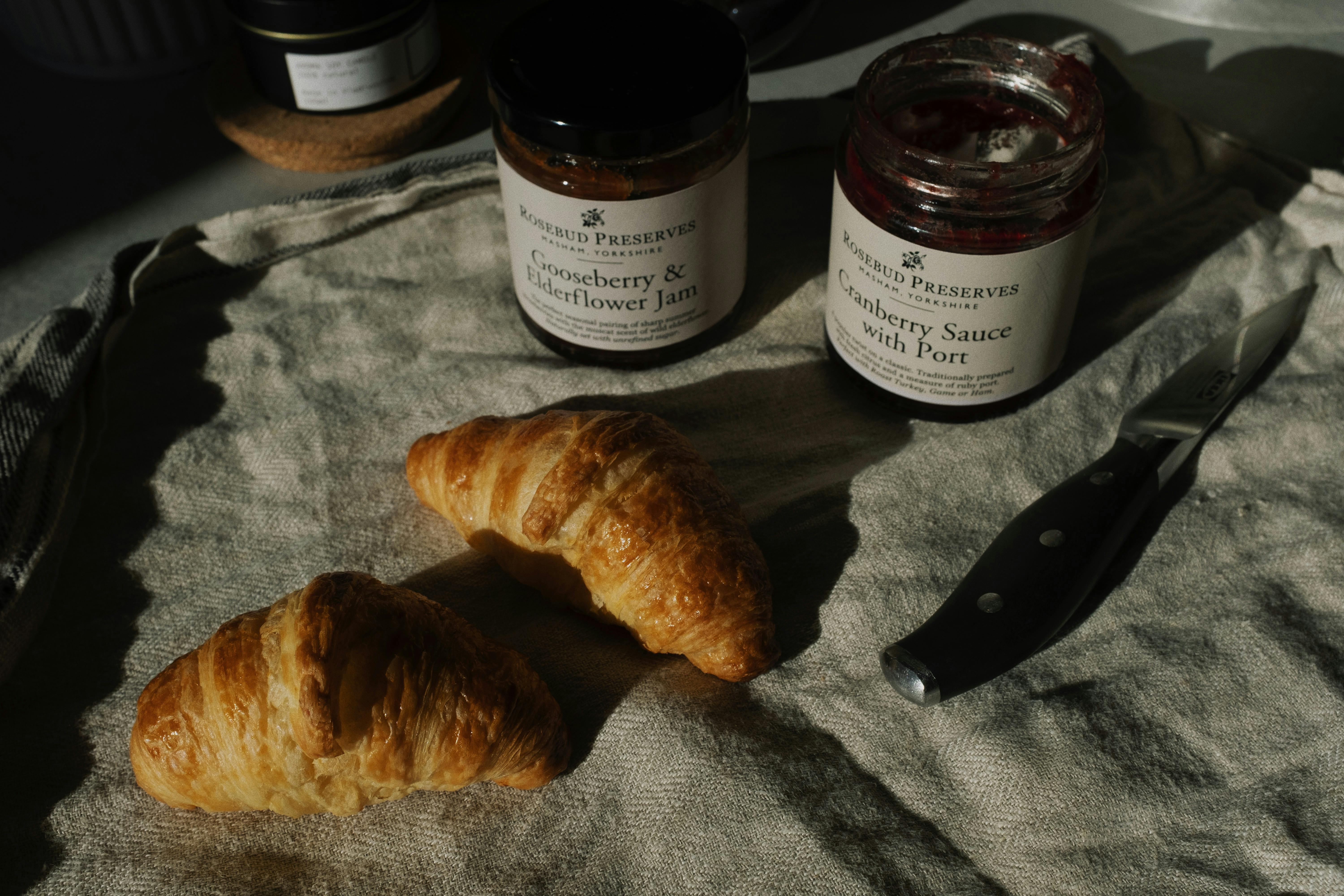Hand Quilting Patterns on Antique Quilts
What hand-quilted patterns were sewn onto American quilts made in the 19th and 20th centuries? Outlined here are nine common patterns seen by this quilt historian.
1. Clamshell is one of the first patterns. They were sewn all over the top of all-over and patchwork quilts or as a background between other quilting patterns.
2. Feathers were most common in fancy and elaborate pre-Civil War quilts worn on special occasions or given as gifts. The feather was not shaped like the long, pointed feathers of a bird; they were short like a flower petal and rounded at the end. Feather designs were sewn into a variety of motifs, such as garlands, crowns, pineapples, and hearts. Feathered designs were commonly used on red and green appliqué quilts made in the mid-19th century and Colonial Revival style appliqué quilts made in the 20th century before World War II.
3. Dangling diamonds were square pointed, often used in conjunction with feather patterns. They can be large or small in size. They were sewn around appliqué pieces to hold the batting in place and fill in the bottom areas of the quilt. After the Civil War, the size of the diamond increased and it became the sole quilt pattern on some patchwork quilts. The largest diamonds are found in antique quilts.
4. Another common option for a patchwork of all-over patterns and utility quilts is
a square grid. Like the entire pattern, the squares were from large to larger in size. As a background pattern, they were smaller depending on the tile or pattern applied. Here again, a special quilt was given smaller grids, which filled in the empty areas to keep the batting and layers together well.
5 and 6. Wires and beams were sewn into the edges and frame strips. The wires were connected in a curved “S” shape that ran vertically down one edge or frame. Chevrons were straight lines that formed a “V” and filled the width of the border in a zigzag pattern. One, two and three lines decreasing in size formed the cables and beams. Quilt makers of both centuries used these two patterns.
7. Single and double parallel lines were usually quilted diagonally across the entire length of the quilt or just at the edges. Pre-Civil War quilts might have triple parallel lines, sewn together in the background areas around the appliqués and along the edges. In the late 19th century, women also quilted lines on appliqué pieces. Single and double lines, more widely spaced than earlier quilts, were sewn into period quilts.
8. Fan quilting is also called elbow quilting because the quilter used the reach from the elbow to the fingers to make the arc or fan shape. Methodist Fan and Baptist Fan have also been popular names for the fan, because it was a quick and easy pattern for a group of church women to sew around a large quilt frame. In England the fan is called waves. The pattern was later common on quilts of the last quarter of the 19th century and the first half of the 20th century, and was especially popular in the southern and midwestern states. The fan was mainly used in everyday quilts.
9. The quarter inch seam within the seam was sometimes referred to as “piece quilting” or “on piece” reflecting exactly how it looked. This pattern was used occasionally from the mid-19th century onwards, and was never a common pattern until the late 20th century.
